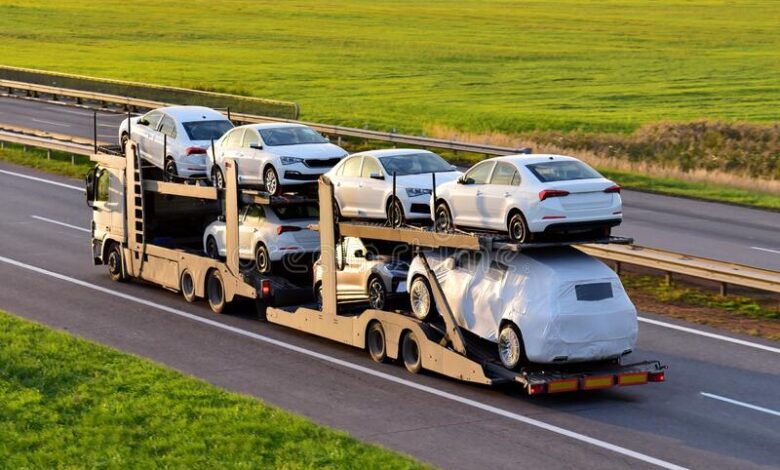The Ultimate Guide to Car Shipping: Everything You Need to Know

Demystifying the Basics of Car Shipping
When it comes to shipping your vehicle across the United States, understanding the process will help you make informed decisions. Car shipping, in simple terms, is the process of transporting a car from one location to another using specialized transport services. Not only does this method save on unnecessary wear and tear on your vehicle, but it also reduces the stress associated with long-distance driving.
Differentiating Between Open and Enclosed Transport
There are primarily two types of transport you can choose for car shipping: open and enclosed. Open transport is the most common method, wherein vehicles are loaded onto an open trailer. It is cost-effective, but exposes your car to weather elements and road debris.
On the other hand, enclosed transport provides an added layer of protection for your vehicle. It shields your car from environmental factors, making it an ideal choice for luxury, classic, or high-value cars. This premium service, however, comes at a higher cost.
Understanding Costs and Factors That Influence Them
When shipping a car, the cost is often a significant consideration. Various factors play a role in determining the total shipping cost. The size and weight of your vehicle, the type of transport (open or enclosed), the distance, and the pickup and delivery locations all contribute to the final price. Additionally, seasonal demand fluctuations can also affect the pricing.
Preparing Your Car for Shipping
Before the transporter arrives to pick up your vehicle, certain preparations are necessary. First, clean your car thoroughly, inside and out, to facilitate a smooth inspection process. Document any pre-existing damage with photos for your records.
Next, ensure that all personal belongings are removed from the vehicle. Not only can these items add unnecessary weight, but they are also not covered by the transporter’s insurance. Finally, check that your car is in good running condition with no leaks, and the gas tank is about a quarter full.
Navigating the Pickup and Delivery Process
The pickup process starts with a thorough inspection of your vehicle by the transporter. They will note down any existing damages on a Bill of Lading (BOL), which serves as a legal contract between you and the transport company. Both parties will sign this document, and you will receive a copy.
Similarly, at the time of delivery, another inspection will take place to check for any damages that might have occurred during transit. If any new damages are found, they should be noted on the BOL, which will assist you in filing an insurance claim, if necessary.
Exploring Insurance Coverage
Insurance is an essential aspect of car shipping. Reputable auto transport companies have insurance policies to cover potential damages during transit. It’s crucial to understand what the transporter’s insurance covers and to verify the legitimacy of their coverage. You may also want to consider supplemental insurance if the transporter’s coverage doesn’t fully meet your needs.
Conclusion
In summary, shipping your car doesn’t have to be a daunting task. Understanding the process, from selecting the type of transport to navigating the pickup and delivery procedures, will ensure a seamless experience. Also, knowing about the cost factors and the importance of insurance coverage provides you with the tools to make informed decisions.
In the sphere of auto transport services, Best Auto Transport has made its mark as a distinguished provider, offering efficient and worry-free solutions for vehicle transportation. Their unwavering dedication to customer happiness, coupled with their firm commitment to high-quality service standards, is clearly demonstrated in the positive testimonials and impressive reputation they’ve achieved in the industry.
FAQ
- What is the difference between open and enclosed car transport? Open transport exposes your car to weather and road conditions, making it less expensive but with increased risk. Enclosed transport offers a more secure environment for your car but at a higher cost.
- How does the car shipping process work? The process involves preparing your car, scheduling pickup and delivery with the transporter, and signing a Bill of Lading at both pickup and delivery. Inspections are conducted to check for damages at both stages.






